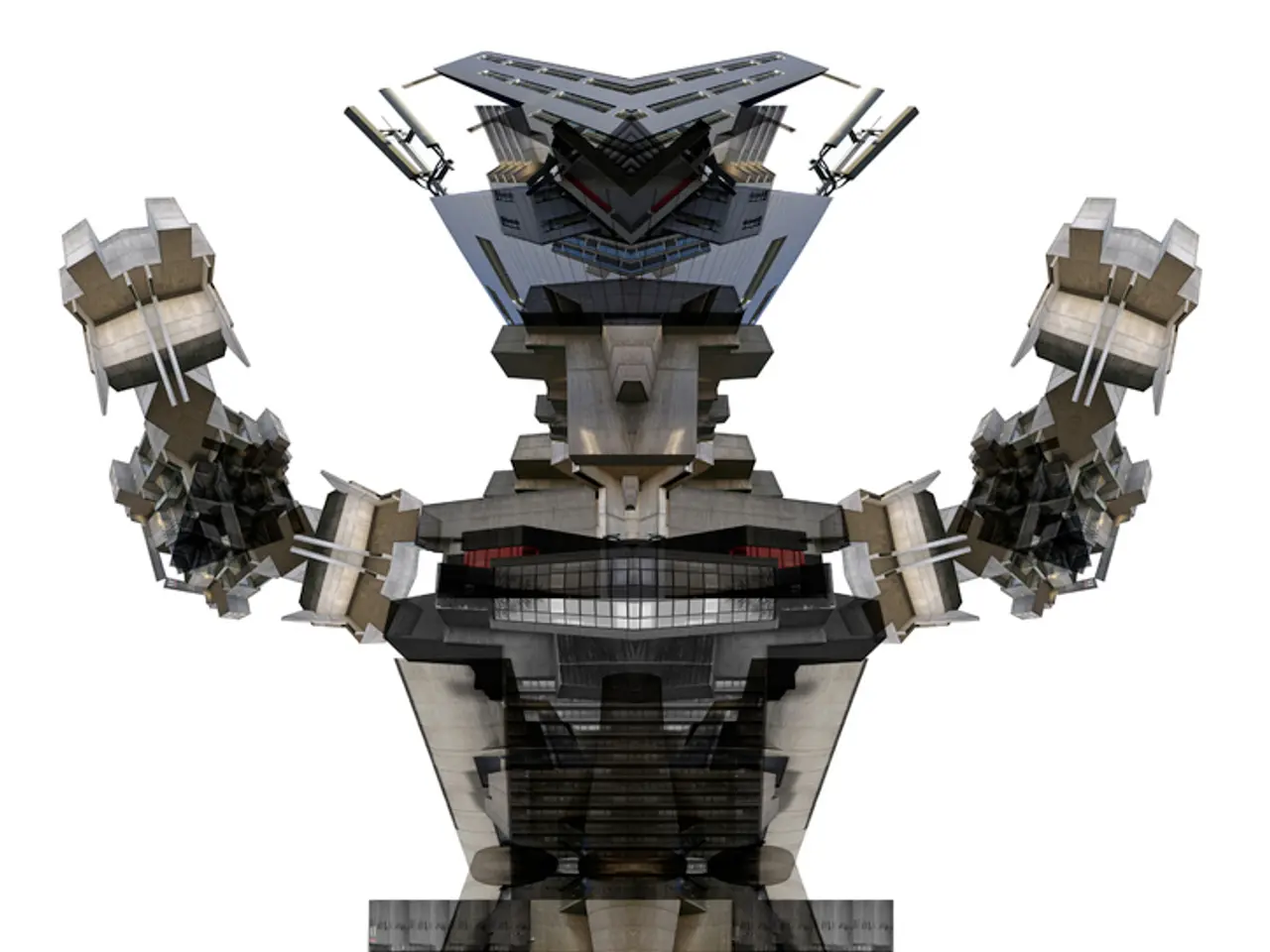Advanced Orthopaedic Care for Indian Patients: The Role of Health Insurance in Facilitating Robotic Joint Replacement Procedures
In the rapidly evolving world of healthcare, India is making significant strides in the adoption of robotic-assisted joint replacement surgeries. However, as these advanced procedures become more prevalent, questions about insurance coverage remain a key concern.
The Insurance Regulatory and Development Authority of India (IRDAI) officially recognised robotic-assisted procedures under the "Modern Treatment Techniques" category in 2024, marking a significant step towards broader integration. This regulatory shift mandates coverage for robotic-assisted surgeries, but implementation remains inconsistent across health insurers.
Since the IRDAI's mandate, there has been increased regulatory support for covering robotic-assisted surgeries, including joint replacements. This has led to more patients and medical providers considering these advanced options. However, despite this progress, health insurance plans still differ in how they handle these procedures, with some policies including sublimits or specific caps that can restrict patient access to full benefits, leaving part of the financial burden on patients.
The demand for joint replacement surgeries, particularly total knee replacements, has surged significantly. The benefits of robotic-assisted surgery—such as greater precision, less tissue damage, shorter recovery times, and improved long-term outcomes—are driving demand among patients, especially older adults and those with severe arthritis. However, coverage limitations present a significant hurdle to widespread adoption.
Leading surgical associations and healthcare providers are advocating for streamlined insurance implementation and greater collaboration among insurers, regulators, and medical professionals to ensure equitable access and to align coverage with evolving standards of care.
In summary, while regulatory and technological advancements have improved the landscape for robotic-assisted joint replacement surgeries in India, insurance coverage remains a key barrier to patient access. Ongoing collaboration among insurers, regulators, and healthcare providers is essential to bridge these gaps and ensure that the benefits of advanced orthopaedic care are available to a broader population.
**Summary Table: Insurance Coverage for Robotic-Assisted Joint Replacement in India**
| Aspect | Current Status | |-------------------------------------|-------------------------------------------------------------| | Regulatory Recognition | Included under "Modern Treatment Techniques" (IRDAI 2024) | | Insurance Coverage Uniformity | Inconsistent; some sublimits/caps restrict access | | Patient Affordability | Partial; out-of-pocket costs remain for many | | Geographic Reach | Expanding to community centers and smaller cities | | Patient Access Impact | Unequal; barriers persist for lower-income patients |
Some of the clinical benefits of robotic-assisted joint replacement include quicker restoration of movement in the immediate post-operative phase, increased implant placement accuracy, reduced risk of complications, shorter hospital stays, and quicker recovery, all of which reduce the financial and emotional burden on patients and their families.
As the cost of robotic technology decreases, these advanced procedures are becoming available beyond major private hospitals, reaching community health centers and smaller communities, thus broadening the potential patient base. Robotic-assisted joint replacement surgeries result in less tissue damage, reducing post-operative pain and providing a more comfortable recovery experience for patients.
Clinical benefits of robotic-assisted joint replacement are translating into measurable improvements in patient outcomes and satisfaction. Together, efforts can be made to ensure that no patient is left behind due to coverage limitations and to unlock the full potential of robotic-assisted joint replacement in India.
References: [1] IRDAI (2024). IRDAI directive on coverage for robotic-assisted surgeries. [2] Surgical Association of India (2023). Position statement on insurance coverage for robotic-assisted joint replacement. [3] Healthcare Providers Association (2022). Advocacy for equitable insurance coverage for robotic-assisted joint replacement. [4] Indian Orthopaedic Association (2021). The rising demand for robotic-assisted joint replacement surgeries in India.
- In the health and wellness sector, the regulatory shift in India towards covering robotic-assisted surgical procedures, such as joint replacements, has led to increased interest in these modern medical-conditions treatments.
- Despite the benefits of robotic-assisted joint replacement surgeries, including faster recovery times and improved long-term outcomes, unequal insurance coverage remains a significant concern in the wider adoption of these science-driven technologies.




